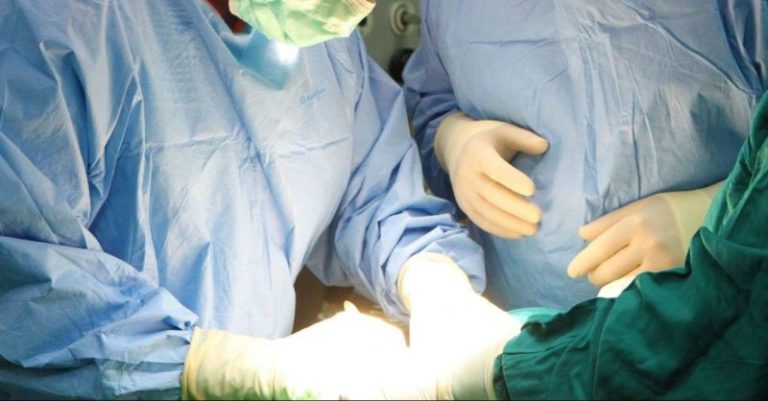There is a lot of confusion about which procedures to include in a trauma registry and which are reportable to the National Trauma Data Bank (NTDB). In the inaugural “Trauma Registry Q&A” column, trauma registry experts from Pomphrey Consulting answer some common questions about capturing and reporting trauma procedures.
Q. Do we need to report every patient procedure to the NTDB?
No, trauma centers should only report the procedures listed in the “Hospital Procedure Information” section of the NTDB Data Dictionary and that are essential to the diagnosis, stabilization or treatment of the patient’s specific injuries or their complications per their guidelines.
In our experience, many trauma registries capture certain procedures in the mistaken belief that they are required by the NTDB. For example, registrars may be capturing and abstracting all routine chest X-rays. In fact, the NTDB does not track these procedures.
However, remember that hospitals can and should collect any data needed for internal purposes, particularly for performance improvement (PI) activities. So for example, if your trauma program has a PI initiative focused on imaging utilization, it may make sense to capture routine chest X-rays within the trauma registry.ICD-10 hospital procedures that are reportable to the NTDB are listed on pages 84-85 of the NTDB Data Dictionary (2016 edition). Reportable procedures include CT studies, blood transfusions, endotracheal tube insertions and about three dozen other procedures. The list does not include, for example, routine chest X-rays, routine IV insertions, Foley catheter insertions and tetanus shots.
Q. When capturing NTDB procedures, do we need to report every individual event?
It depends on the procedure. About half of the procedures listed in the “Hospital Procedure Information” section of the NTDB Data Dictionary are marked with an asterisk. These procedures could be performed several times during a single hospitalization. For these procedures, the NTDB only requires hospitals to capture and report the first event.
For example, a patient with a head injury receives a head CT shortly after arrival at the hospital and follow-up CTs at 8 and 24 hours. Capture the first procedure, but not the subsequent CT studies.
Q. Do we need to report procedures performed outside the OR?
Yes, your hospital needs to report required NTDB procedures regardless of where they are performed.
In our experience, many registrars capture only those procedures that are performed in the operating room or the emergency department. According to the NTDB Data Dictionary, trauma registries must capture not only procedures performed in the OR, but “all procedures in the ED, ICU, ward, or radiology department that were essential to the diagnosis, stabilization, or treatment of the patient’s specific injuries or their complications.”
For example, a patient receives a tracheotomy at bedside in the inpatient ward. This procedure did not take place in the OR, but it is an operative procedure listed in the NTDB’s list of reportable procedures. Another patient receives an endotracheal tube in the ICU. This procedure is essential to the treatment of the patient, so it is reportable to the NTDB.
Q. Do we need to report procedures performed in the field before hospital arrival?
No, the NTDB only asks for data on procedures performed at your institution. Hospital trauma registries are not required to capture and report procedures performed by EMS, at a transferring hospital, during air transport, etc.
Again, however, hospitals can and should collect any pre-hospital procedure data needed for internal purposes, particularly data supporting PI activities. So for example, if your trauma program has a PI initiative focused on blood product utilization, it may make sense to collect data on transfusions performed by EMS agencies and transferring hospitals.
Trauma Registry Q&A is a monthly column produced in partnership with Pomphrey Consulting, a comprehensive trauma registry company which provides training and trauma registry management. The American College of Surgeons has recognized our Trauma Registrar Mentorship Program for meeting the trauma registrar course requirement of CD15-7. Our course is revised each year to meet any and all ACS NTDB changes, as well as the demands of the ever-changing world of trauma registries. Our program also includes full trauma registrar training in ICD-10-CM and ICD-10-PCS. To visit our website, click here.

